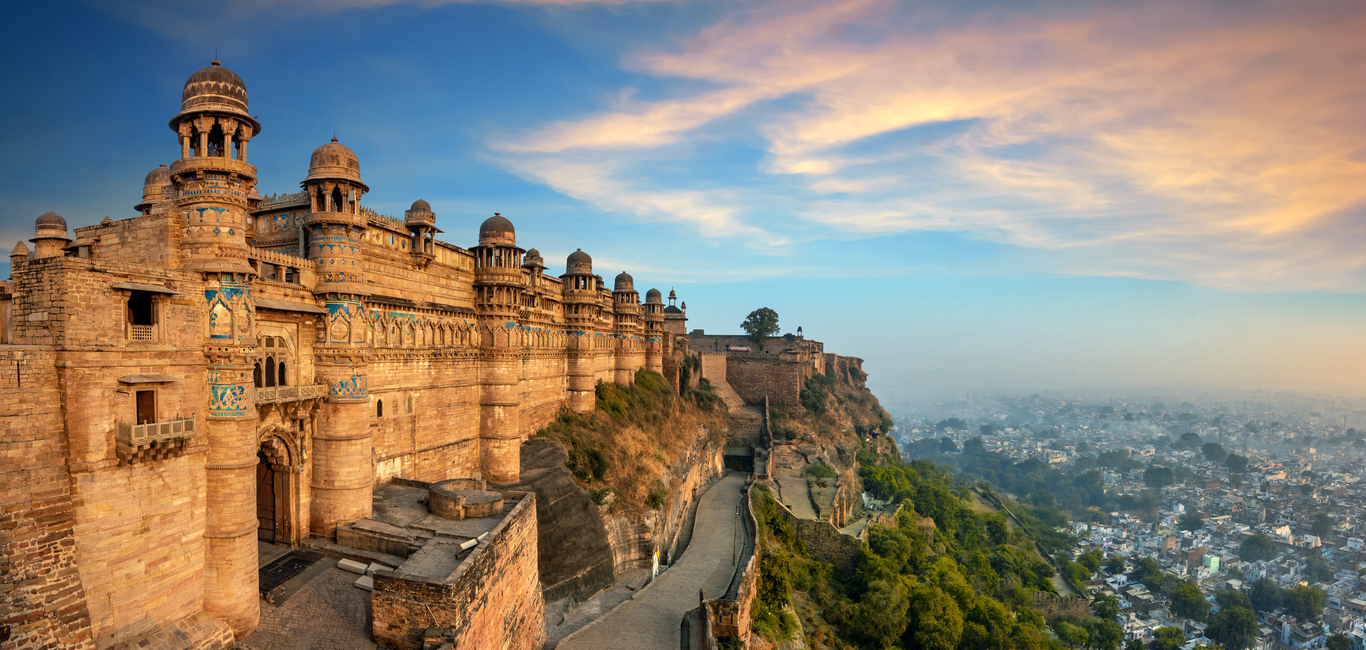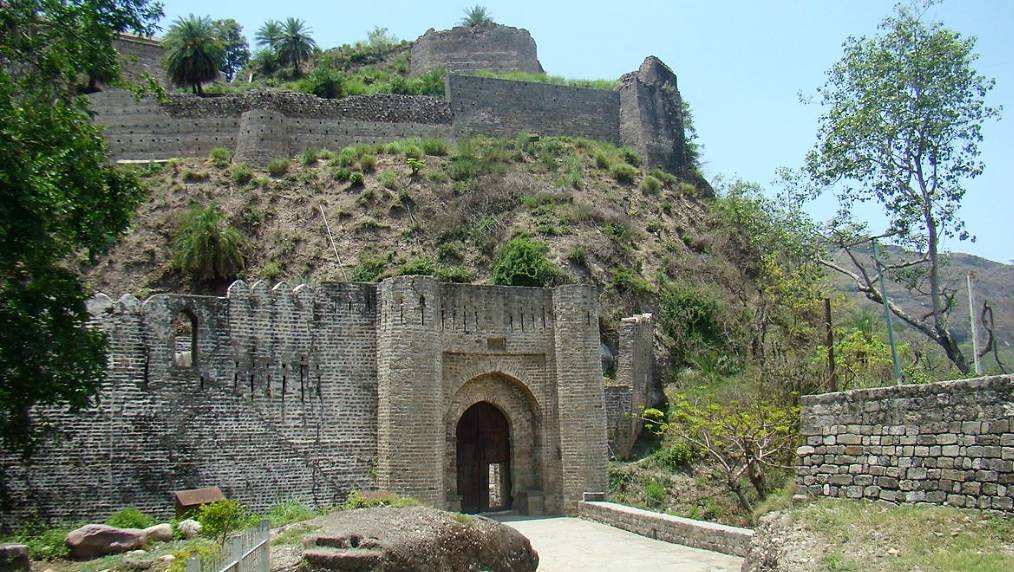 Udagamandalam, the Queen of Hills’ perched at an altitude of 7,500 feet, amidst the verdant Nilgiris or the Blue Mountains was first discovered in 1819, by John Sullivan, the then collector of Coimbatore. The ambient beauty of Ooty, the most popular hill station of the South. lies in its peaceful ranges surrounded by a misty blue haze. The colonial legacy of this British developed hill resort is still reflected in its terraced Botanical Garden. private schools, Ooty clubs, and churches.
Udagamandalam, the Queen of Hills’ perched at an altitude of 7,500 feet, amidst the verdant Nilgiris or the Blue Mountains was first discovered in 1819, by John Sullivan, the then collector of Coimbatore. The ambient beauty of Ooty, the most popular hill station of the South. lies in its peaceful ranges surrounded by a misty blue haze. The colonial legacy of this British developed hill resort is still reflected in its terraced Botanical Garden. private schools, Ooty clubs, and churches.
Botanical Gardens: The English styled terraced gardens were founded in 1847, by Marquis of Tweed Dale. The garden sprawls across an area of about 22 hectares and has the most colorful collection of flora in Southern India. There are about 1000 varieties of plants, shrubs, and trees. The prestigious agro horticultural show, spring flower show, and dog shows are held here annually during April-May.
Ooty Lake: The picturesque lake set amidst the blue hills was built between 1823 and 1825, by John Sullivan. It has fine boating facilities with rowboats, paddleboats, and motorboats available on hire. The lake garden and toy train rides are other attractions.
Govt. Museum: It exhibits various tribal objects, representative sculptural arts and crafts of Tamil Nadu, and the ecological details of the Nilgiri district.
Raj Bhawan: The majestic building on the Dodabetta Ridge, near Botanical Garden. was built in 1877, by the Duke of Buckingham.
Kandal Cross: The Roman Catholic church is believed to enshrine a relic of the ‘True Cross’ on which Jesus Christ was crucified.
Rose Garden: The largest Rose Garden of India is perched on the lower slopes of Elk Hill at Vijayanagaram Farms. It has also become the first rose garden in the country to be recognized as a ‘Garden of Excellence’, by World Federation ofRose Societies.
The Museum: It was established in 1989 and exhibits timber, Kurinji flower, insects, butterflies, rocks, and wood carvings. Stone sculptures, bronze works, models of Toda hut, and coins can also be seen here.
Wenlock Downs: This stretch of about 20,000 acres of grassland with Sholas or gallery forest’ on the Gudalur road is about 8 kms. from the station. It is the most popular picnic spot in Ooty. The undulating landscape is blessed with splendid scenic beauty and rich vegetation. The Gymkhana Club, the Govt. Sheep Farm and Hindustan Photo Films Company are located here.
Some other attractions are – Stone House, St. Stephen’s Church, The Nilgiri’s Library, etc.
 Around Ooty
Around Ooty
Wellington (5 kms.)
The charming cantonment area on Coonoor – Ooty route famous for Aruvankadu, Pasteur Institute, Silk Worm Rearing Station and Stanley Park, etc.
Avalanche (28 kms.)
The area around the Avalanche or Canada Dam is endowed with great natural beauty. The lovely lake surrounded by thick Shola vegetation is ideal for hiking and fishing activities. Prior permission from the wildlife or forest departments is required.
Coonoor (19 kms.)
Coonoor, the second-largest hill resort of the Nilgiris after Udagamandalam (Ooty), nestles at an altitude of 1839 meters on a lower ridge of the main plateau. The beautiful town is surrounded by several picnic spots. It is also an excellent site for outdoor activities like bird watching, trekking, hiking, etc. The main attractions are – Sim’s Park, Pomological Station, Pasteur Institute, Law’s Falls (7 kms.), Ketti (8 kms.), Dolphin’s Nose (12 kms.), Lamb’s Rock (8 kms.), etc.
Dodabetta (10 kms.)
This highest peak (2638 m) of the Nilgiris and Tamil Nadu is accessible by road. Panoramic views of the Nilgiri hill ranges can be enjoyed from here.
Glenmorgan (17 kms.)
The scenic site is also known for Toda tribal settlements.
Kotagiri (28 kms.)
This charming little village is perhaps the oldest among the Nilgiri hill resorts, as the British started building activities here in 1819. Kotagiri is shielded by the Doddabetta ranges which receives much of its rain from the northwest monsoon. It is surrounded by verdant plantations and few Kota settlements.
Mudumalai Wildlife Sanctuary (64 kms.)
It is one of the most prominent wildlife sanctuaries of Tamil Nadu and the South. The thickly forested sanctuary covers an area of 321 sq. kms. bordering the Bandipur National Park in Karnataka and the Wyanad Sanctuary in Kerala. It is home to rich and varied species of animal life. The key fauna includes elephant, bison, sambar, barking deer, tiger, leopard, and a large number of smaller mammals like civet, cat, mouse deer. giant flying squirrel and many species of birds and snakes. An ‘Elephant Camp 5 kms. from the sanctuary is interesting. Elephants are bred here in captivity and trained for use in timber work. The park can be visited throughout the year, except for 3 months – June, July, and August. Regular buses are available for the park from Ooty and Mysore (94 kms.).
Mukurthi Peak& National Park (40 kms.)
The park was established in 1982, on the south-eastern corner of the Nilgiris plateau, and is dotted with several magnificent peaks. Its most famous inhabitant is the endangered Nilgiri Tahr. Other animal species commonly sighted here are – giant squirrel, sambar, and barking deer, gaur, wild boar, and wild dog, etc. One may also encounter wild elephants, tigers, and leopards in the park. The avifauna of the park includes kestrel, peacock, black eagle, and jungle fowl. The fascinating feature of the park is its endemism and relationship with the Himalayan flora and fauna. The headquarters of the park is at avalanche and the best time to visit is from February to June.



